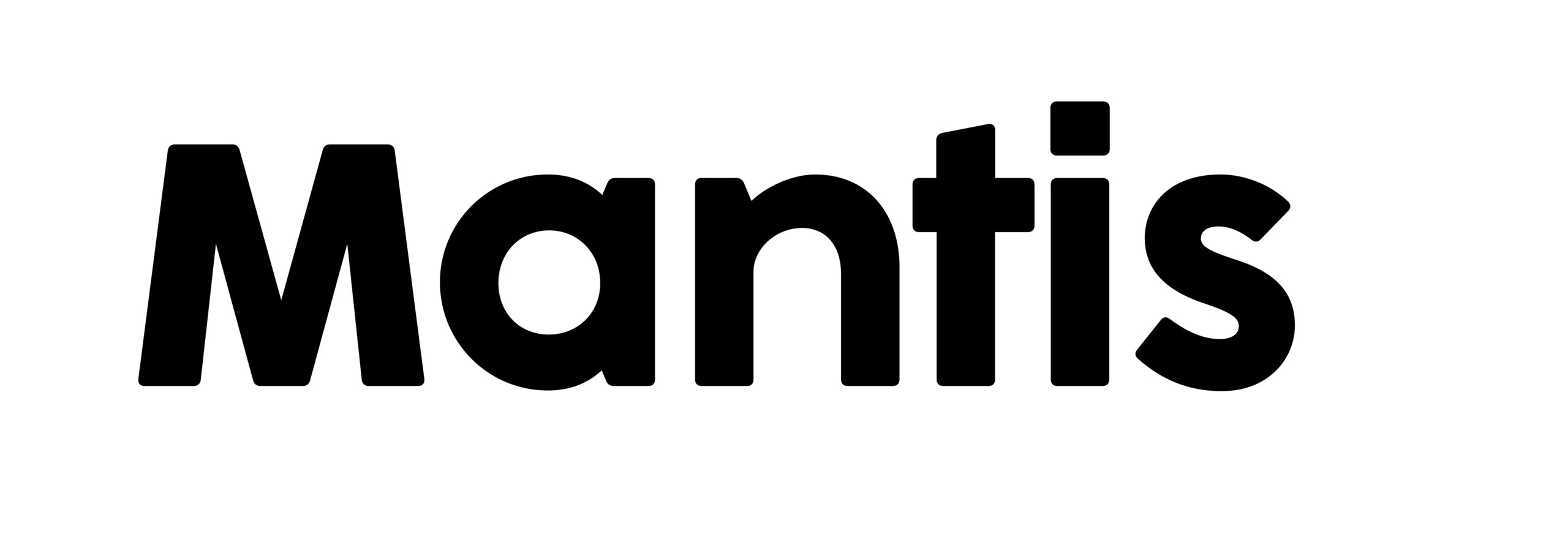Creativity is a vital aspect of human expression, driving innovation, problem-solving, and artistic pursuits. However, the pressures of daily life, stress, and mental clutter can often stifle our creative potential. Meditation, an ancient practice known for its calming and centering effects, offers a powerful tool to unlock and enhance creativity. In this blog post, we will explore how meditation can help you tap into your inner artist and provide practical tips for integrating meditation into your creative process.
The Connection Between Meditation and Creativity
Meditation and creativity are intrinsically linked in several ways:
- Enhanced Focus and Concentration: Meditation trains the mind to focus and eliminate distractions, allowing for deeper immersion in creative tasks.
- Reduced Mental Clutter: By calming the mind and reducing stress, meditation clears mental space, making room for new ideas and inspiration.
- Increased Self-Awareness: Meditation fosters greater self-awareness, helping you connect with your inner thoughts, feelings, and desires, which are essential for authentic creative expression.
- Improved Emotional Regulation: A regular meditation practice can enhance emotional stability, allowing you to navigate creative challenges with resilience and clarity.
How Meditation Enhances Creativity
- Accessing the Subconscious Mind: Meditation can help quiet the conscious mind and access the subconscious, where many creative ideas and insights reside.
- Cultivating a State of Flow: Meditation promotes a state of flow, a mental state in which you are fully immersed and focused on an activity. This flow state is often where peak creativity occurs.
- Encouraging Open-Mindedness: Meditation encourages a non-judgmental attitude and openness to new experiences, fostering an environment where creative ideas can flourish.
Practical Meditation Techniques for Boosting Creativity
- Mindful Breathing
- How to Practice: Find a quiet space, sit comfortably, and close your eyes. Focus on your breath, observing the sensation of each inhale and exhale. If your mind wanders, gently bring your attention back to your breath. Practice this for 5-10 minutes to calm the mind and create mental clarity.
- Visualization
- How to Practice: Sit or lie down comfortably and close your eyes. Visualize a place or scene that inspires you, such as a peaceful forest, a vibrant cityscape, or a creative studio. Engage all your senses to make the visualization vivid and detailed. This technique can help stimulate your imagination and generate new ideas.
- Body Scan Meditation
- How to Practice: Lie down in a comfortable position and close your eyes. Slowly bring your attention to different parts of your body, starting from your toes and working up to your head. Notice any tension or sensations and consciously relax each area. This practice helps release physical and mental tension, creating a relaxed state conducive to creativity.
- Loving-Kindness Meditation
- How to Practice: Sit comfortably and close your eyes. Focus on your breath, then silently repeat phrases of loving-kindness, such as “May I be happy, may I be healthy, may I be safe, may I be creative.” After a few minutes, extend these wishes to others. This practice fosters a positive mindset and emotional balance, which can enhance creative thinking.
- Walking Meditation
- How to Practice: Find a quiet place where you can walk slowly and without interruption. Focus on the sensation of each step, the movement of your body, and the rhythm of your breath. Walking meditation combines movement with mindfulness, often leading to bursts of creative inspiration.
Tips for Integrating Meditation into Your Creative Process
- Establish a Regular Practice
- Consistency is key to experiencing the benefits of meditation. Set aside time each day for meditation, even if it’s just a few minutes. A regular practice will help you maintain mental clarity and openness to creative ideas.
- Create a Dedicated Space
- Designate a quiet, comfortable space for meditation and creative work. This space should be free from distractions and conducive to relaxation and focus. Personalize it with items that inspire you, such as artwork, plants, or candles.
- Use Meditation to Overcome Creative Blocks
- When facing a creative block, take a break to meditate. A short session of mindful breathing or visualization can help clear your mind and spark new ideas.
- Combine Meditation with Other Creative Practices
- Integrate meditation with other creative activities, such as journaling, sketching, or brainstorming. This combination can enhance your creative process and lead to more profound insights and ideas.
- Stay Open and Curious
- Approach your meditation and creative practices with an open and curious mindset. Allow yourself to explore new techniques, ideas, and perspectives without judgment. This openness will foster a more dynamic and innovative creative process.
Conclusion
Meditation is a powerful tool for unlocking and enhancing your creative potential. By incorporating meditation into your daily routine, you can reduce stress, increase focus, and tap into the depths of your subconscious mind. Whether you’re an artist, writer, musician, or simply looking to bring more creativity into your life, meditation can help you connect with your inner artist and unleash your creative spirit. So, take a deep breath, find a quiet space, and embark on your journey to greater creativity and self-expression through meditation.
